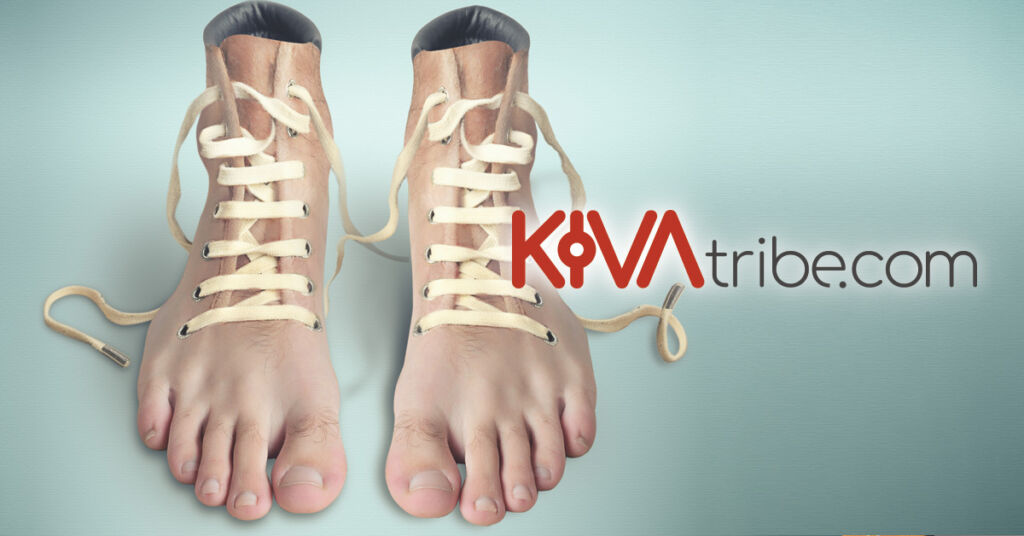
What are Barefoot Shoes?
According to some of the leading experts in barefoot shoes, there are several key features that are important in determining whether a shoe is a barefoot shoe; wide toe box, zero drop, thin and flexible sole, no toe spring, secure fitting.
Why Do People Choose Barefoot Shoes?
Many people find barefoot shoes after experiencing foot issues and coming to the realisation that conventional footwear may have contributed in some way to their problems.
And there are many of them. Foot health issues caused by footwear are incredibly common, for example, bunions alone are estimated to affect 23% of shoe wearing adults, where it is rare in barefoot cultures.¹
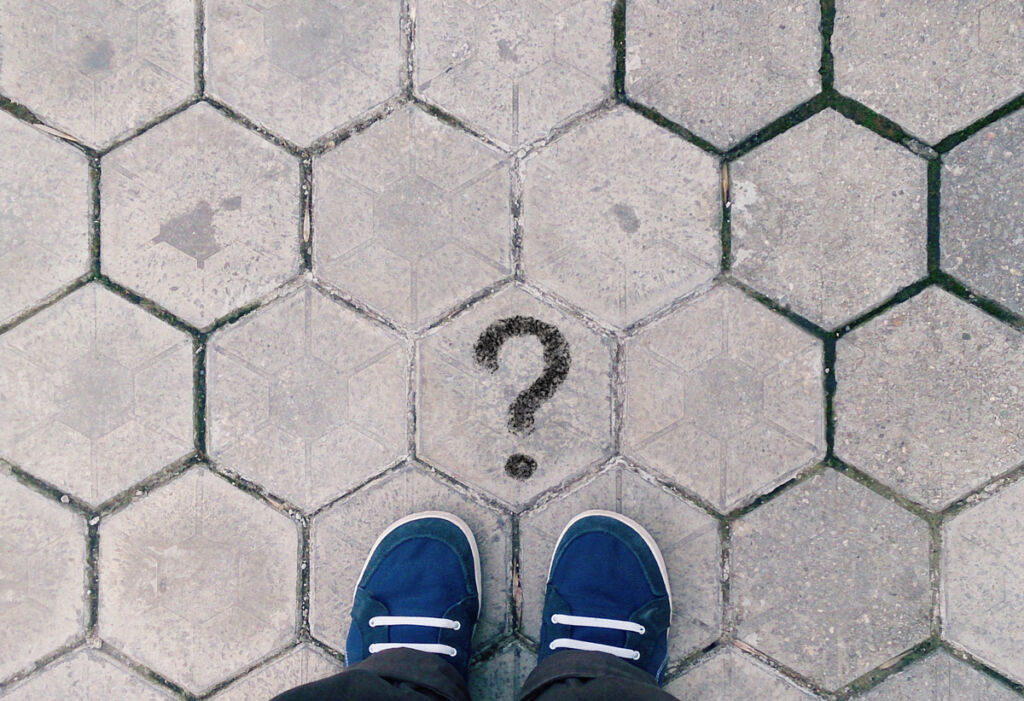
William Rossi, podiatrist, in 2001, claimed that some 80% of foot issues were shoe related, and he went so far as to say “…the feet of all shoe wearing people – men, women, children – are anatomically deformed and functionally deficient to some degree. The only natural or ‘normal’ feet are those of shoeless people.”²
However, it appears that these foot issues are not always permanent. If you start investigating, you can find others online who have regained their foot health by using barefoot shoes and strengthening their feet.
How Can a Shoe Be ‘Barefoot’?
Of course wearing a shoe is never going to be 100% like actually going barefoot, but without the tough skin that we need on our feet to be barefoot all the time, most of us will probably opt for shoes that are as close as possible to barefoot.
On this site, when we use the term ‘barefoot’, we mean shoes that attempt to closely replicate barefoot foot function and gait, which appears to be optimised with the following features:
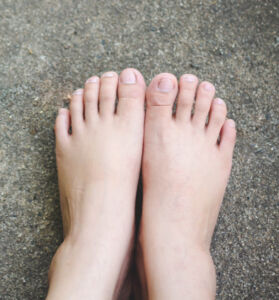
Wide Toe Box
Naturally, feet come in a range of shapes and sizes, but many naturally shaped feet have toes that are either straight or splay outwards, rather than pointing inwards the way most mainstream shoes are shaped (except in the case of some rare congenital conditions).
Dr Ray McClanahan³ (podiatric physician and surgeon) believes that narrow, pointed toe boxes restrict blood flow, affect nerve function, balance, and the strength of arch muscles, leading to many types of foot problems, leg and back pain.
Dr McClanahan designed a set of toe spacers (Correct Toes) for people with bunions and misaligned toes that encourage the toes to sit in a more healthy position. They are also useful to identify whether your toe box is wide enough, as you should be able to comfortably wear Correct Toes inside your shoes without rubbing.
You can also see whether shoes have a wide enough toe box by using the shoe liner test.
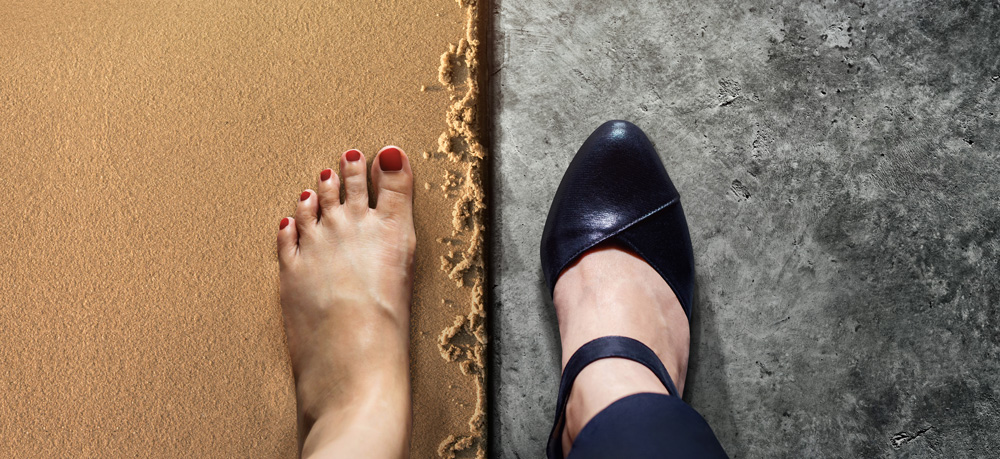
Just a note about the term ‘wide toe box’. This is another term that is used in various ways depending on what you’re reading. Read our post What is a Wide Toe Box in Shoes to find out more. On this site, when we use the term ‘wide toe box’, we mean shoes that are widest at the toes, not at the ball of the foot.
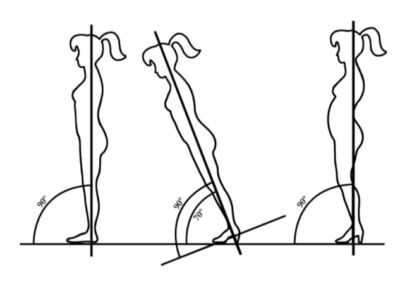
Zero Drop (Flat Sole)
We love this image from Katy Bowman’s Simple Steps to Pain Relief, also shared on her blog⁴ (originally from an article by William Rossi⁵, which clearly shows how wearing heels affects alignment. On the left is a barefoot silhouette in correct anatomical alignment, in the middle, the same body in correct alignment, but now in high heels, and finally on the right, the silhouette shows how the body automatically adjusts alignment in order to stay standing upright in high heels.
It’s easy to see how these alignment adaptations affect the entire body – alignment of ankles, knees, hips, and the entire spine – resulting in extensive changes to the function of both joints and musculature.
Millions of years of evolution produced a human body that functions best in a zero drop (no high heels) situation, and the image above clearly illustrates how even a small increase in heel height will have an effect on optimal functioning.
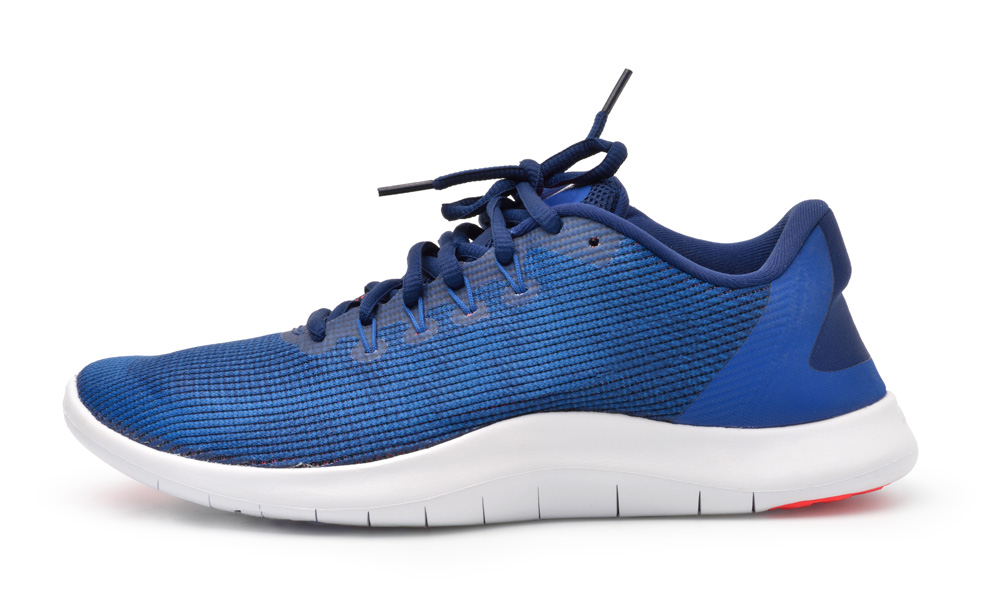
Even most running shoes, which are obviously not ‘heels’ in the traditional sense, do have a heel. There may only be a 10 or 15mm difference between the stack height of the heel and toe, but according to Katy Bowman even this is enough to cause problems in the feet and further up the body.
(Katy Bowman is an insightful biomechanist, author, and movement educator whose logical, no nonsense approach helps people examine their movement patterns and find healthier ways to move.)
Thin, Flexible Sole
The foot is a complex structure formed from many small bones and muscles that allows for a wide range of motion to accommodate the movements required for natural gait.
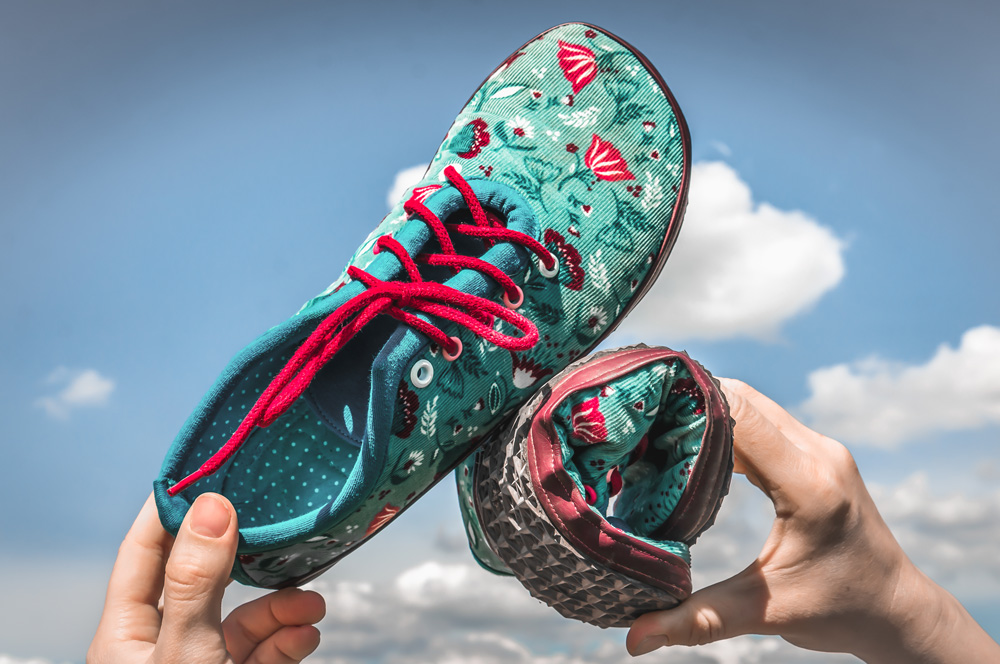
Wearing a shoe with a stiff sole (which includes arch support) obviously limits the foot’s ability to flex naturally. According to Dr McClanahan⁶, shoes with rigid soles flex 30-80% less than the bare foot.
Barefoot soles are usually between 3-10mm. Purists say that 3mm is ideal to allow the foot to flex naturally, but many people find that they need extra padding either for specific activities, surfaces, or during transition while their feet are still adapting.
A thin sole also encourages us to walk in a more gentle way (as if we were barefoot) as it prevents the hard heel strike that’s possible with thick soles. Barefoot shoe wearers often refer to the level of ‘ground feel’ in various barefoot shoes, as this is a way to evaluate how close a shoe is to barefoot.
No Toe Spring
Toe spring is the slight upturn of a shoe at the front of the toe. In a stiff soled shoe this actually allows your foot to bend a bit more at the toe. However, it also holds your toes in a slightly extended position, again limiting free, natural movement of the feet. Barefoot shoes are flat from heel to toe.
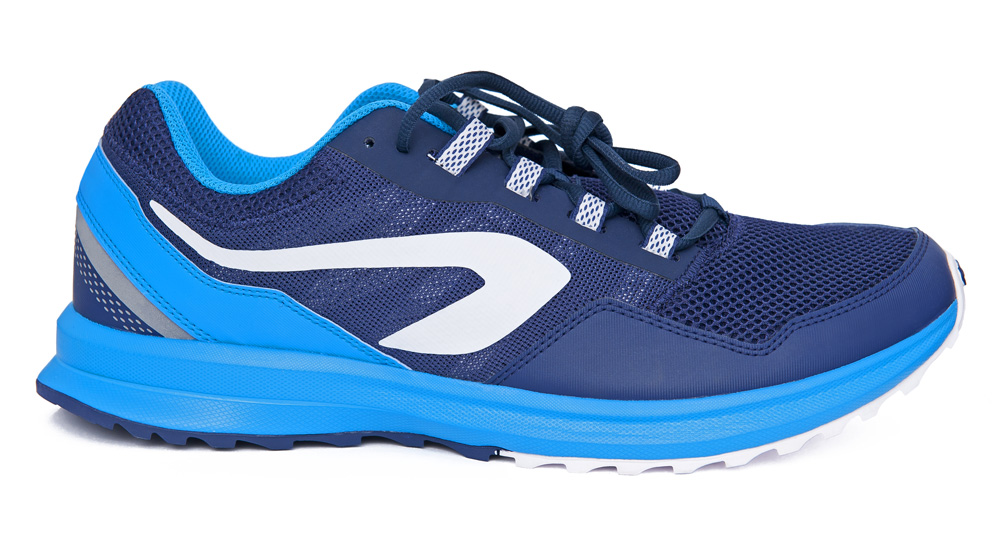
Secure Fitting
Shoes that fit poorly or do not have straps/laces to ensure a secure fitting can also be problematic as they interfere with gait mechanics. According to Katy Bowman⁷, the foot has a tendency to grip with the toes in an attempt to keep the shoes on, which affects balance, arch strength and gait.
Lightweight & Soft
Barefoot shoes are usually also lightweight and made from soft materials, as these also allow the foot to flex more naturally through the gait cycle.
Check out our Barefoot Shoe Checklist to help you identify barefoot shoes whilst shopping.



Get Social…